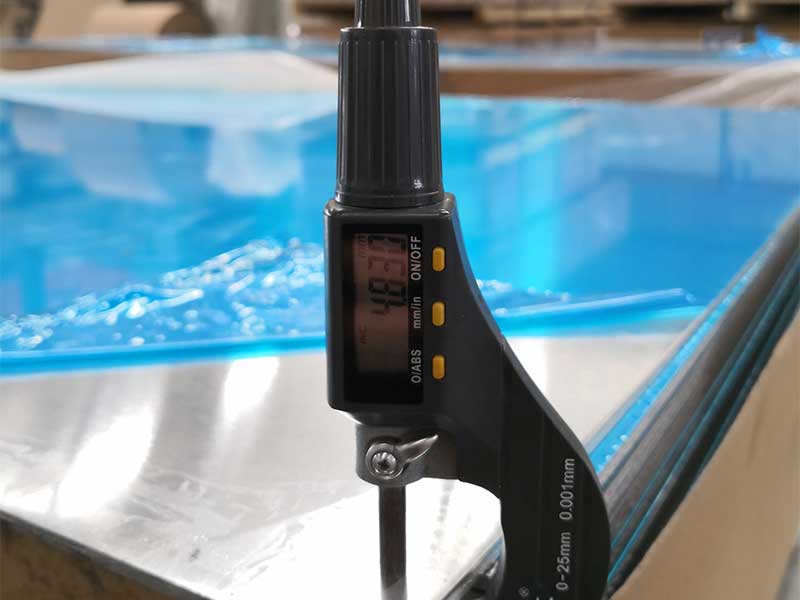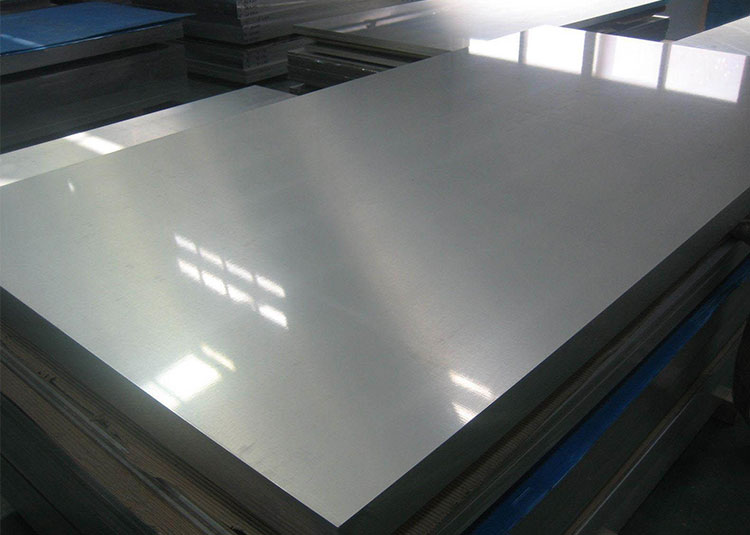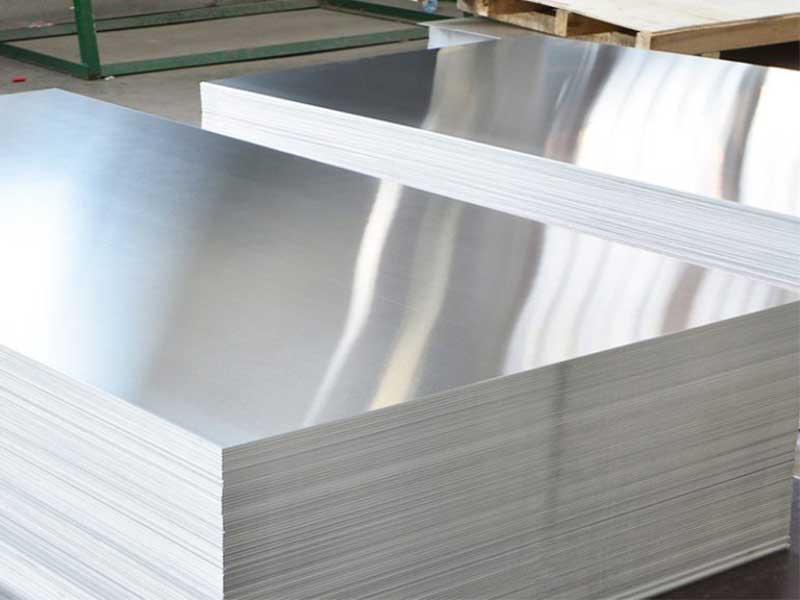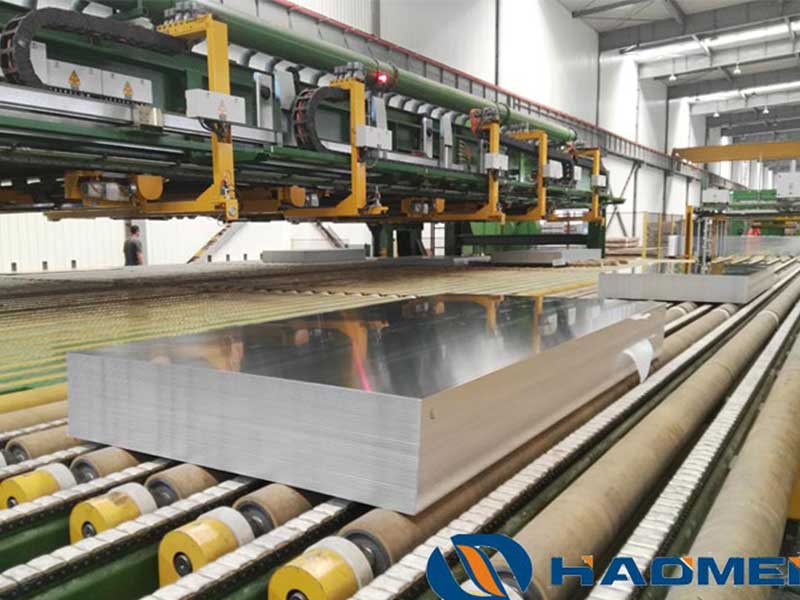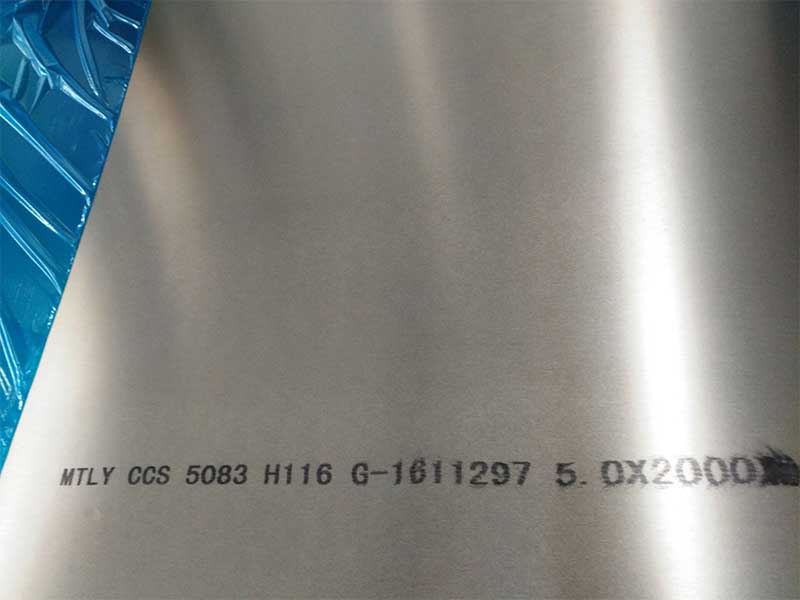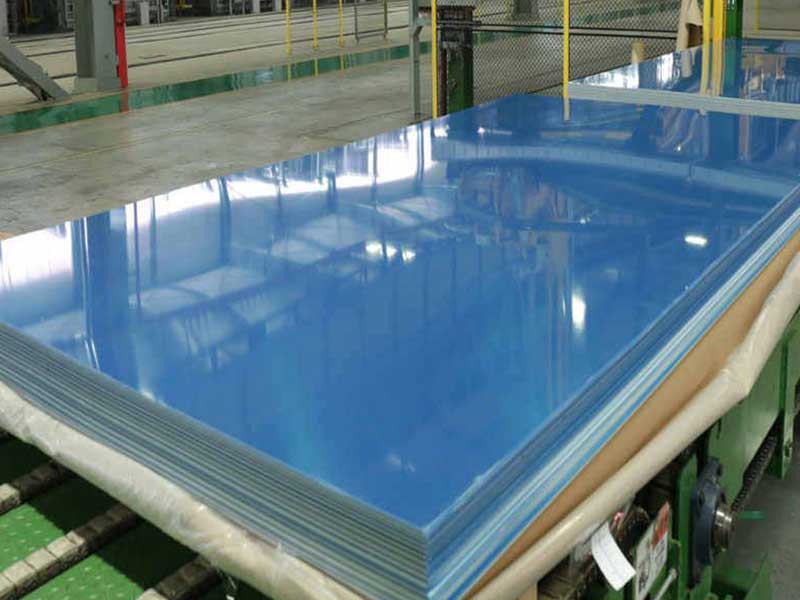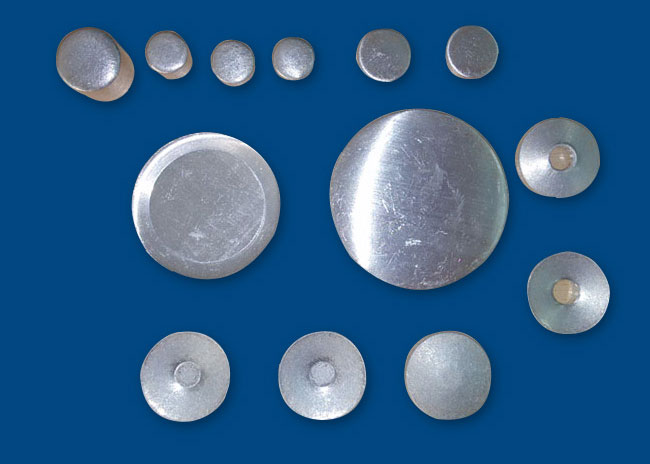Anodic oxidation aluminum plate, commonly referred to as anodized aluminum plate, is an aluminum substrate that undergoes an electrochemical process called anodizing to form a durable, corrosion-resistant oxide layer on its surface. This advanced surface treatment enhances the aluminum’s natural properties, giving it superior aesthetics, increased wear resistance, and extended service life. As a senior engineer specializing in aluminum alloys, I will provide an in-depth overview of the features, advantages, detailed parameters, chemical properties, and typical applications of anodic oxidation aluminum plates.
What is Anodic Oxidation of Aluminum?
Anodizing is an electrochemical conversion process that forms a thick oxide layer on the aluminum surface. Unlike painting or plating, the anodic oxide layer formed during anodizing becomes an integral part of the metal substrate, significantly improving both functional and decorative qualities.
|----------------------------------------|-------------------------------------------------|| Base Material | Aluminum or aluminum alloys || Electrolyte | Typically sulfuric acid, oxalic acid, or chromic acid || Formation | Aluminum acts as an anode in an electrolytic bath || Conditions | Controlled voltage, temperature, and time || Output Layer | Porous but hard anodic oxide film |
Features and Advantages of Anodized Aluminum Plate
1. Superior Corrosion Resistance
Aluminum naturally forms a thin oxide layer on exposure to air. Anodizing thickens and strengthens this layer, creating a dense, non-reactive surface which resists corrosion from moisture, chemicals, and industrial environments.
| Parameter | Details |
|---|---|
| Film Thickness | 5 – 25 µm (can be increased via sealed coatings) |
| Corrosion Resistance | Excellent (up to 10x higher vs. untreated aluminum) |
2. Enhanced Wear and Surface Hardness
The anodic oxide layer exhibits significantly higher surface hardness than untreated aluminum. This greatly reduces risks of abrasion, scratches, and everyday wear—ideal where mechanical durability is important.
| Property | Value |
|---|---|
| Surface Hardness | 1200 to 2000 HV (Vickers scale) |
| Wear Resistance | Improved resistance to friction and scratching |
3. Aesthetic Flexibility
The micro-porous structure of anodized surfaces can be dyed in multiple shades, offering vast color choices. Combined with excellent adhesion for dyes, anodized aluminum maintains brilliant, UV-stable colors that do not peel or flake.
| Features | Description |
|---|---|
| Natural Finish | Matte silver or glossy transparent oxide |
| Coloring Methods | Electrolytic (dyeing), metallic deposition |
| Custom Colors | Available (black, gold, blue, bronze, etc.) |
4. Electrical Insulation and Thermal Properties
Used as an electrical insulator, the anodic layer offers resistance against electric currents near 10^10 Ω·cm, meanwhile maintaining aluminum’s superior conductivity away from the anodized surfaces. The oxide film also maintains effective thermal conductivity.
| Electrical Resistivity | 10^8-10^10 Ω·cm |
|---|
5. Environmentally Friendly and Long-lasting
The anodizing process is environmentally more benign relative to alternative plating methods such as chromium plating or painting. Furthermore, anodized plates have extended upkeep intervals due to durable, non-fading surfaces.
Chemical Composition and Properties of Typical Aluminum Alloy for Anodic Oxidation
| Element | Range in (%) | Function and Impact |
|---|---|---|
| Aluminum (Al) | Balance | Base metal |
| Silicon (Si) | 0.2 - 0.6 | Improves fluidity in casting |
| Iron (Fe) | 0.35 max | Imparts strength, may influence anodizing uniformity |
| Copper (Cu) | 0.1-0.2 | Increase strength but may affect corrosion resistance |
| Magnesium (Mg) | 0.4-1.0 | Enhances strength and workability |
| Manganese (Mn) | 0.1-0.3 | Improves toughness |
| Zinc (Zn) | ≤ 0.15 | Small amounts to improve alloys |
Anodizing attachment rate and quality combine best with mid-strength alloys such as 5005 (pure aluminum) or 6061, both of which are commonly anodized.
Common Applications of Anodic Oxidation Aluminum Plates
| Industry | Application Examples |
|---|---|
| Architectural Cladding | Facades, curtain walls, window frames, ceiling panels |
| Transportation | Automotive trim, aircraft interior & exterior panels; rail cars |
| Consumer Electronics | Laptop casings, smartphone frames, electronic housings |
| Household Appliances | Cookware, decorative panels on refrigerators, stoves |
| Industrial Equipment | Corrosion-resistant housing and platforms, food processing machinery parts |
| Graphic and Signage | Durable display boards, outdoor signs, dimensional lettering |
Anodic oxidation aluminum plates provide an unmatched combination of corrosion resistance, outstanding hardness, aesthetic beauty, and environmental friendliness. Because the anodic film integrates seamlessly with the aluminum substrate, products achieve high durability with minimal maintenance.
If you require aluminum plates with superior surface performance for architectural, industrial, decorative, or electronic applications, anodized aluminum is ideally suited to meet your demands.
To learn more about tailored anodizing treatments and specific alloy recommendations, contact our technical experts who will help select solutions for your precise needs.


